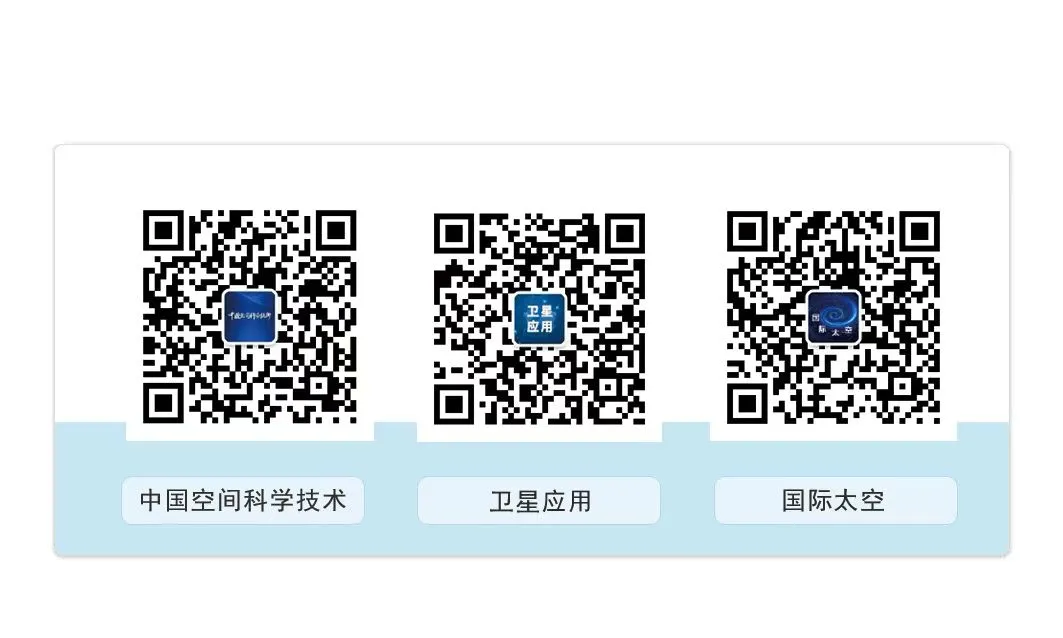The limited coverage of infrastructure has become a major bottleneck for global connectivity in the Internet of Things (IoT). Satellite networks, with their global coverage and all-time access characteristics, have received widespread attention and attempts to serve as the infrastructure for IoT terminal access, aiming to achieve the ultimate goal of global IoT coverage. However, in the practical application of satellite IoT, there are still many urgent issues to be resolved due to the differences in characteristics between satellite networks and ground networks. This article analyzes the bottlenecks in the application capabilities of satellite IoT, including weak scenario application capabilities, difficulties in large-scale application landing, immature reliable applications, and the need for new applications to be developed. Furthermore, it proposes preliminary thoughts on relevant solutions in conjunction with the actual situation of basic network construction and industrial chain development in China, hoping to accelerate the landing of application scenarios and the large-scale development of the industrial chain.
1. Scale of the Satellite IoT Industry
Satellite IoT refers to the use of satellite communication networks as infrastructure to provide continuous network access and other services for IoT terminals in various scenarios. It serves as a complement and extension to ground network infrastructure, deeply integrating with terrestrial cellular networks. It has outstanding advantages such as wide coverage, large capacity, low latency, strong resilience, and availability in all weather and terrain conditions.
Satellite IoT has entered the stage of commercial application, with vast development scenarios and enormous industrial value. On one hand, satellite IoT significantly contributes to the user scale and industrial scale within the entire IoT industry. According to the Global System for Mobile Communications Association (GSMA), it is predicted that by 2035, there will be 1.9 billion devices directly connected via satellite, accounting for 8% of all IoT connections; the annual revenue from satellite IoT could reach around $10 billion, accounting for 25% of all IoT connection revenues. On the other hand, the global satellite IoT communication market is steadily growing. Comprehensive analyses and forecasts from institutions such as the China Academy of Information and Communications Technology, ABI Research, Juniper Research, and McKinsey indicate that the user scale of satellite IoT will grow at a compound annual growth rate of 40.3%, reaching 21.2 million units by 2026; the growth rate of the satellite IoT market size is expected to exceed 20% from 2023 to 2032 (Figure 1), with the global IoT market value estimated to be around $40 billion by 2028. Furthermore, satellite IoT holds significant strategic and economic value in both military and civilian fields.
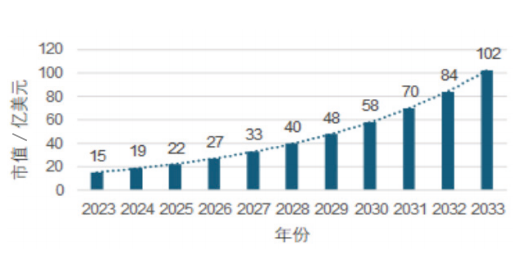
Figure 1: Global IoT Market Value Development Trend Prediction
2. Current Status of Satellite IoT Applications
With the reduction in rocket launch costs and the enhancement of satellite manufacturing capabilities, the construction of high-frequency low-orbit satellite constellations has gained the necessary conditions, attracting active layouts from both upstream and downstream of the industrial chain, leading to more diverse and higher-value satellite IoT applications. The current network architecture of satellite IoT is shown in Figure 2.
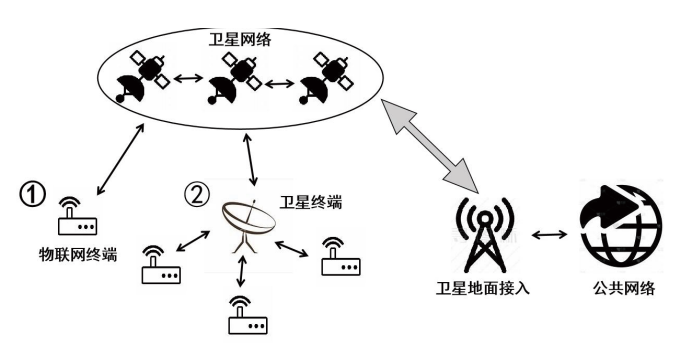
Figure 2: Satellite IoT Network Architecture
In the current IoT architecture, there are mainly two ways for IoT terminals to connect: one is direct access by the terminal, which does not rely on ground infrastructure and has a wider range of application scenarios. The second is that the IoT terminal connects to the satellite access gateway, which then connects to the satellite network. This method can support a more stable satellite link for IoT, but requires the construction of corresponding ground infrastructure. Data is forwarded from the satellite to the ground satellite access station, which then connects to the internet for real-time data transmission.
The main application scenarios of satellite IoT cover land, sea, air, and space, with user demands spanning various civil and commercial industries. It can provide emergency communication and disaster warning services to the public, and various IoT monitoring and warning services in all scenarios for government and enterprise users. The industrial types are rich and the scale is multiplying, characterized by significant economic and social benefits and high strategic value. As the maturity of satellite IoT technology continues to improve and the commercial promotion process accelerates, the market for satellite IoT in various fields will achieve a leap in scale.
The current construction status of major global satellite IoT constellation systems is shown in Table 1. Orbcomm, the largest satellite IoT company globally, had reached a user scale of 2.2 million by June 2024; it launched the next-generation satellite IoT service OGx in June 2024, which can support data transmission of 8Mbit/s using the L band. The “Next Generation Iridium” constellation completed its network deployment in 2019, and by April 2024, its commercial IoT user scale had reached 1.76 million. The Spanish satellite IoT startup Sateliot launched its first NB-IoT satellite through SpaceX, which acts as an aerial base station supporting users’ seamless switching from 3GPP R17 IoT NTN to SG NB IoT networks, applied in the power grid monitoring field in several countries. The Tianqi constellation is a dedicated IoT constellation successfully deployed and operated by State Grid High-Tech, mainly used for environmental and natural disaster monitoring, as well as intelligent applications in tourism and other fields. The Nuwa constellation is a globally autonomous controllable hybrid remote sensing constellation constructed by Aerospace Hongtu, capable of high-resolution remote sensing, navigation enhancement, and IoT functionalities based on integrated design.
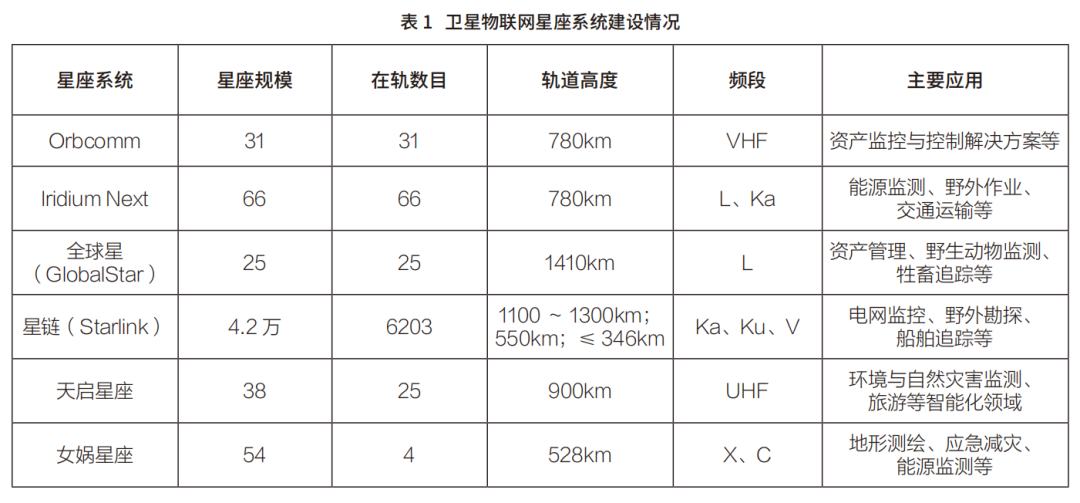
In terms of ground terminals, operators such as China Mobile and China Telecom are actively promoting deep integration technology verification under the 3GPP NTN standard; Semtech, along with global satellite communication network developers Swarm and mobile satellite service providers EchoStarMobile, have integrated LoRa® devices and LoRaWAN® protocols into their connectivity solutions to test satellite IoT services. The development status of satellite IoT ground modules is shown in Table 2.
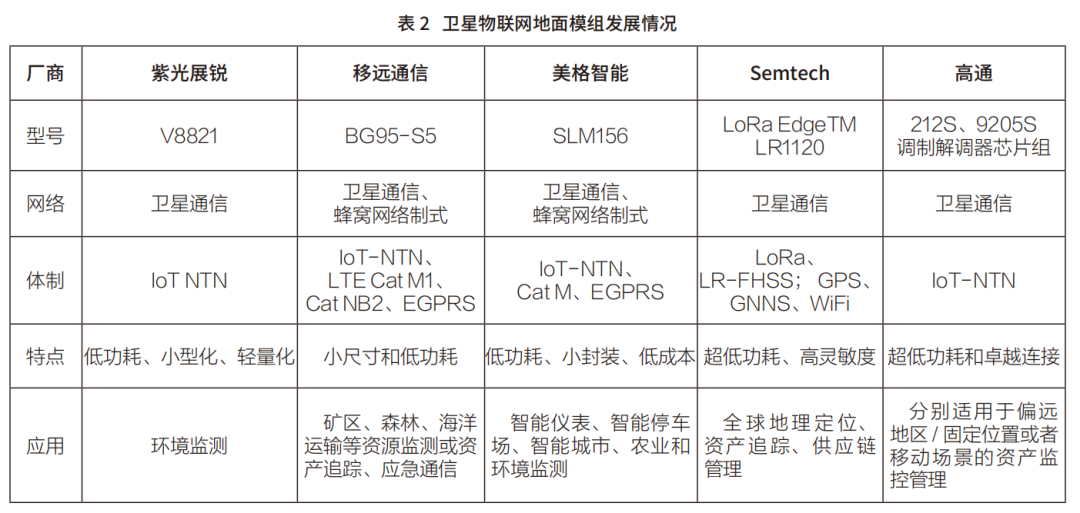
With the leapfrog development and mass layout of satellite constellations, the preciousness of frequency and orbital resources has become increasingly prominent. China also attaches great importance to the development of satellite networks and has made relevant layouts, such as the “Expansion of Domestic Demand Strategic Planning Outline (2022-2035)” released by the National Development and Reform Commission in 2022, which proposes to accelerate the construction of satellite internet and related industries. However, there are still many bottlenecks in the practical application and capability transformation of satellite IoT.
3. Bottleneck Issues in Satellite IoT Applications
Satellite IoT has many advantages, including wide coverage, support for massive terminal access, and strong network resilience. However, there are still some bottleneck issues that need to be addressed in industrial development and practical applications, mainly as follows.
1. Weak Scenario Application Capability
In recent years, Low Power Wide Area Network (LPWAN) has gradually become an important development direction for IoT. For scenarios such as large-area perception and hazard detection, terminals can avoid the costs of infrastructure deployment and maintenance in network deployment through periodic sleep and optimized transmission efficiency, while ensuring a longer service life for the terminal.
In the context of satellite IoT, the increased communication distance requires higher transmission power from terminals to ensure normal decoding on the satellite. However, increasing transmission power not only reduces the terminal’s service life but also may increase the cost of the terminal due to higher power adaptations of antennas, affecting the deployment scale of terminals. The typical transmission power of satellite terminals compared to IoT terminals is shown in Table 3 (the typical IoT terminal is its maximum supported power).

As shown in Table 3, the typical power requirements for terminals accessing satellites are usually higher than those for typical IoT terminals on the ground. Furthermore, with an increase in single transmission power, the complex protocol system of satellite networks compared to IoT systems requires additional interaction processes to ensure smooth network access, but this process inevitably increases the resource overhead on the terminal side, reducing terminal life.
Therefore, it is currently difficult for satellite networks to accommodate the capabilities of low-power IoT terminals, making it challenging for satellite IoT to support typical IoT applications such as large-area perception and natural environment monitoring, further limiting the practical application scenarios of satellite IoT.
2. Difficulties in Large-Scale Application Landing
In the current satellite systems, there are standardization requirements for power consumption, protocols, and types for IoT terminals to support network access. Due to the diverse application scenarios of IoT, there are significant differences among IoT terminals in different scenarios, including output power, modulation methods, and protocol systems, making it difficult to achieve standardization of heterogeneous terminals from different manufacturers in a short period.
Moreover, as the satellite industry develops and the deployment of satellite constellations increases, the differences in standardization requirements for terminals among different constellations are gradually increasing due to differences in operating frequency, orbital height, and application scenarios. Therefore, it is challenging for manufacturers in the industrial chain to adapt to multiple constellation standards in a short time. Additionally, as the target users of satellite internet have not yet clearly defined relevant application needs to the industrial chain, the direction of standardization transformation for satellite manufacturers remains unclear.
In summary, due to the requirement for standardized terminal types in satellite IoT, the cost of satellite IoT terminals is relatively high, and the relevant industrial chain cannot fully exert its role, making it difficult to form large-scale applications.
3. Immature Reliable Applications
Even if satellite networks can address the limitations of basic network coverage, they are still subject to many scenario factors in practical applications, such as thunderstorms and environmental obstructions, which can affect the transmission quality of satellite communications and may even prevent terminal access. Therefore, due to the fragility of the long-distance link between the satellite and the ground, relying solely on space-based networks is still insufficient to meet the reliability transmission needs of IoT terminals.
Furthermore, in certain application scenarios, multiple networks may need to collaborate to achieve application objectives. For instance, in an unmanned network system, IoT terminals may require information from ground local area networks while needing the satellite network to provide large-scale spatial information for joint computation. In industrial IoT scenarios, there may also be a need for joint optimization of satellite and ground networks for industrial production control.
Multi-network fusion optimization is an important development direction for space-based IoT. However, due to the heterogeneity between space-based networks and ground networks, the difficulty of network fusion is relatively high. Currently, satellite IoT has only considered optimizing the system performance of its constellation, and reliable applications of satellite IoT based on multi-network fusion and satellite-ground integration are not yet mature.
4. New Application Types Await Development
Facing the rich application scenarios of satellite IoT, most systems currently focus on optimizing the communication pipeline performance, mainly providing communication capabilities and related communication data to users. As IoT applications become richer and more refined, user demands for satellite IoT are gradually becoming more specific. Basic capabilities such as transmission and communication data supply can no longer meet users’ diverse needs. For example, users may wish to obtain electromagnetic spectrum data or traffic data at the physical layer, but providing all raw data to users could lead to significant transmission loads.
In summary, the low-level operation has led to low-value services, restricting the emergence of new application types and the lack of platform-type capability supply in satellite IoT, necessitating the proposal of operational strategy optimizations that connect pipeline capabilities with service supply.
4. Thoughts on Solutions to Bottleneck Issues
Based on the current analysis of the bottleneck issues in satellite internet applications, this article proposes some feasible solutions to the relevant problems in conjunction with existing technologies and the current development status of related industries in China.
1. Adaptation Modification on the Terminal Side and Protocol Optimization on the Satellite Side
To address the bottleneck where some IoT terminals have weak capabilities and are difficult to adapt to satellite access requirements, which limits application scenarios, it is advisable to prioritize the choice of low-orbit satellites to reduce the transmission distance of the satellite-ground link, thereby decreasing the transmission power requirements and further extending the terminal’s service life. Additionally, both terminal transmission performance and satellite protocol systems can be optimized.
In terms of optimizing terminal transmission performance, adaptation modifications should be made for IoT terminals with resource constraints and insufficient transmission distances to further enhance the transmission distance of the link and reduce node transmission power consumption. Specifically, for enhancing transmission capabilities, modulation methods can be modified to improve bandwidth utilization or lower demodulation thresholds. For example, the LoRa long-distance transmission module achieves ultra-low threshold decoding below the noise floor through chirp linear frequency modulation, thereby enhancing the transmission distance of low-power terminals. In recent years, the LoRa team has proposed LR-FHSS, which further improves the transmission distance of LoRa terminals through reduced bandwidth and frequency hopping, allowing LoRa terminals to connect directly to satellites.
For the optimization of satellite-side protocol systems, excessive interactions may lead to increased terminal power consumption. It is advisable to reference IoT-related protocol systems to reduce the number of satellite-ground handshake processes and simplify the terminal network access process. Additionally, a beacon (Token) mechanism can be utilized to specify terminal transmission methods, enabling collision-free access for terminals and avoiding frequent time synchronization in TDMA mechanisms.
2. Optimization of IoT Terminal Network Access Methods to Promote Industrial Chain Development
To address the bottleneck where the standardization of satellite IoT terminals makes large-scale application landing difficult, it is crucial to actively leverage China’s industrial system advantages to fully mobilize the enthusiasm of the industrial chain, ensuring rapid iterative development of the satellite IoT industry. On one hand, the 3GPP R17 IoT-NTN technology system should be adopted to fully utilize the advantages of the scale application of ground mobile communication networks, expanding the application scale of satellite IoT. On the other hand, based on the current situation of standardized satellite terminal network access, it is advisable for satellite providers to construct multi-mode gateways that support interfaces for various types of terminals, such as LoRa, ZigBee, NB-IoT, while also providing standardized satellite-ground interfaces, enabling various types of terminals to transmit data through satellite networks. Furthermore, for more capable IoT terminals, cross-protocol transmission technology (CTC) can be referenced to achieve direct transmission between terminals of different technical systems through software signal simulation without modifying hardware, thereby enabling low-cost interoperability between existing terminals and satellite terminals, with standard satellite terminals accessing the satellite network.
Additionally, the satellite side should further promote communication and connection between relevant users and the industrial chain, conducting terminal modification for projects with clear user needs to form typical examples of satellite IoT applications, thereby promoting subsequent follow-ups from the industrial chain.
3. Multi-Network Collaborative Optimization Towards Integrated Space and Ground Systems
To address the bottleneck of immature reliable applications caused by the difficulty of integrating heterogeneous networks, considering China’s relatively complete infrastructure and diverse constellation types, it is advisable to conduct multi-network collaborative optimization for satellite IoT systems. This includes collaborative optimization based on satellite-ground networks and joint optimization among different constellations.
In terms of collaborative optimization of satellite-ground networks, given that the infrastructure for 4G and 5G has been deployed on a large scale in China, it is advisable to consider the integration of satellite networks with 4G and 5G basic networks, including the fusion of satellite base stations, core networks, and other network elements. For IoT devices, the advantages of satellite-ground network integration include: ① enabling flexible switching of terminals, ensuring low power consumption through ground networks while guaranteeing reliable transmission through satellite networks when ground base stations are damaged or absent; ② for unmanned areas where ground networks have not yet been deployed and where it is difficult to achieve operational profitability in a short time, satellite networks can facilitate connectivity between base stations, reducing base station deployment density and lowering ground base station deployment and operational costs.
In terms of joint optimization among multiple constellations, due to differences in orbital heights, coverage areas, and payload frequency points among different constellations, they can achieve complementary advantages. Specific advantages include: ① in areas where a single constellation cannot cover, other constellations can fill in the gaps to ensure timely data delivery; ② in multi-constellation collaborative scenarios, routing optimization, congestion control, and other methods can be employed to allocate satellite resources and avoid transmission node congestion. Additionally, by selecting different forwarding paths, satellite energy consumption can be balanced, ensuring the power consumption balance of individual satellites and enhancing the overall operational performance of the satellite network.
4. Optimization of Platform-Type Service Supply Capability
To address the bottleneck of new application types awaiting development due to the lack of platform-type capability supply in satellite IoT applications, it is advisable to promote the transition of satellite networks from providing pipeline capabilities to providing platform capabilities, i.e., from providing basic communication service capabilities to providing seamless service capabilities from the terminal side to the satellite side and then to the platform side. Specifically, the satellite IoT service architecture is shown in Figure 3, where IoT terminals communicate with satellites via wireless links, and the satellite network transmits data back to ground base stations through transparent transmission or processing forwarding, ultimately providing various services to users through user platforms.
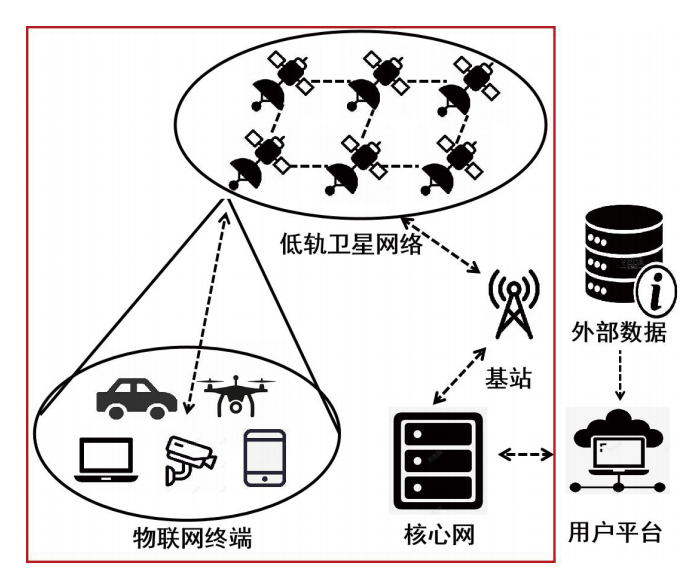
Figure 3: Satellite IoT Service Architecture
Currently, the optimization of satellite IoT system capabilities mainly focuses on the transmission side (the red box area in Figure 3), with the main optimization contents including wireless links, system resource allocation, and communication working modes. However, for optimizing platform-type service supply capabilities, it should support end-to-end service optimization from user terminals to application platforms, including providing remote version upgrades and terminal status awareness functions from the system to the terminal side; offering different application modes during satellite transmission and allocating different pipeline resources based on the modes; and on the platform side, utilizing intelligent methods such as deep learning to conduct data mining and analysis by integrating temporal and spatial information, as well as incorporating external data for joint analysis, providing users with various data types, presentation methods, and access means, thereby further enhancing the comprehensive service capabilities of satellite IoT toward users.
5. Conclusion
Satellite IoT has become one of the important directions for solving the bottleneck of global coverage in IoT, with significant development potential. This article elaborates on the application background and industrial scale of satellite IoT from the perspective of satellite IoT applications, and based on the current status of satellite IoT applications, it reflects on the main bottleneck issues faced by satellite IoT applications at this stage, involving terminal access capabilities, terminal standardization, network fusion optimization, and service capability supply, among others. On this basis, this article proposes practical and feasible solutions to the bottleneck issues, in conjunction with China’s basic network construction, the actual situation of the industrial chain, and relevant technology development trends, which can serve as a reference for the subsequent promotion of satellite IoT applications.
Source: “Satellite Applications” 2024 Issue 8
Authors: Zhu Shaopeng, Gao Meilin, Chen Hong, Shuai Tong
Editor: Liu Weide
Chief Editor: Qu Xiangfang
Submission Email for “Satellite Applications”:
Submission Guidelines:
This journal focuses on policies, technological progress, application results, and market dynamics in the satellite application industry at home and abroad; submissions should be objective, accurate, and well-structured.
